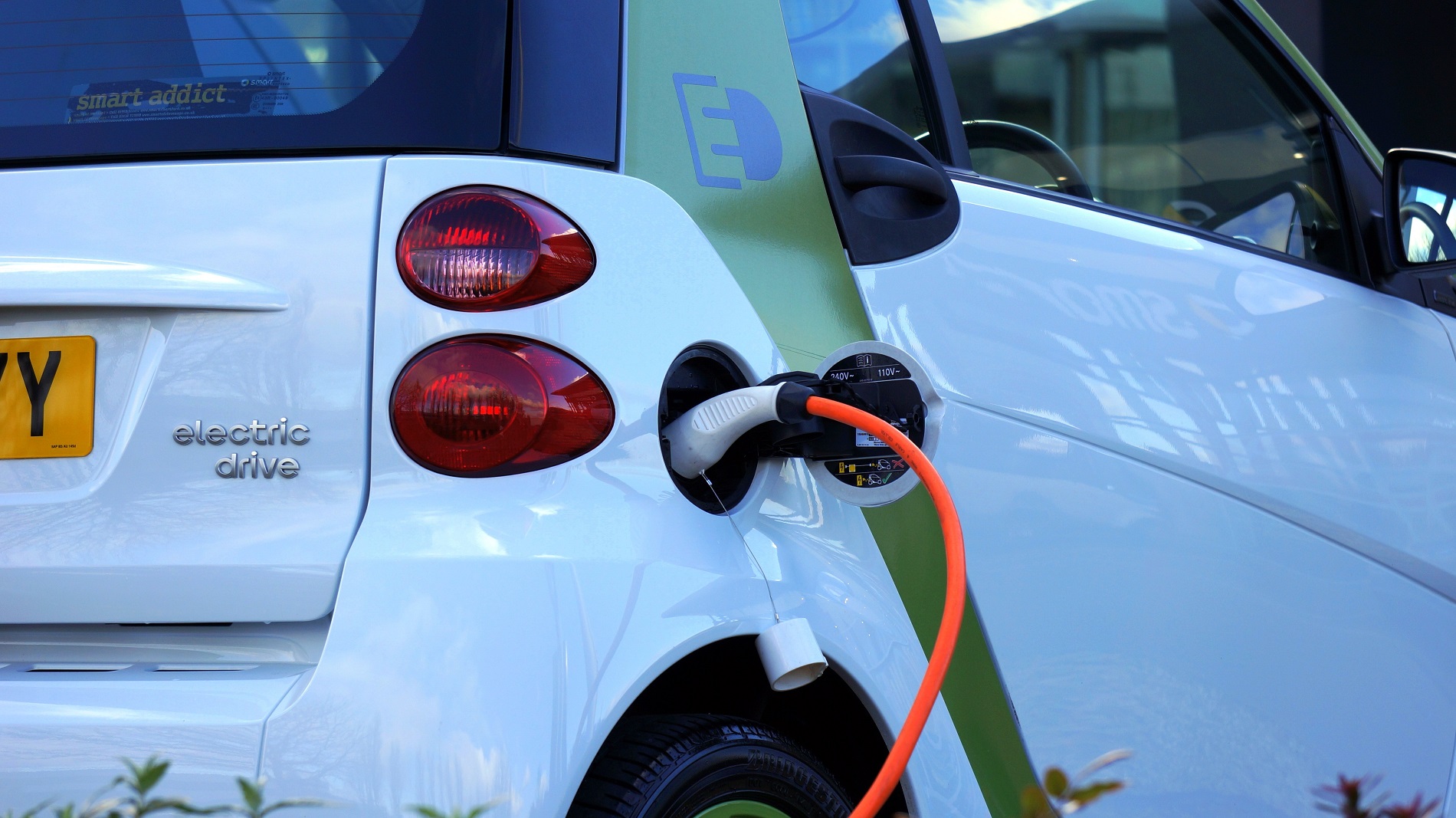The steps needed to enable the UK to drive electric
To reach net zero, all vehicles, including HGVs, must be fossil-fuel free by 2050, which could mean up to 49 million EVs on the road. So what does the UK need to do to its electrical infrastructure?
According to government predictions there could be up to 10 million electric vehicles on the UK's roads by 2030.
By then the Government's ban on the sale of new petrol and diesel cars and vans will have come into effect. The ban is being introduced to help the Government deliver on its objective to decarbonise the transport sector as it strives to achieve the UK's net zero target.
To reach net zero, all vehicles, including HGVs, must be fossil-fuel free by 2050, which could mean up to 49 million EVs on the road. For now though, the focus is on encouraging the take-up of electric cars and vans by ensuring the electrical infrastructure is in place to enable all of these electric vehicles to be charged.
EV charging at home
The vast majority of electric vehicle drivers currently choose to charge their cars at home.
For EV drivers that have recently moved into a new home, charging their vehicle should be straightforward. That is because Approved Document S of the Building Regulations now requires every new-build home, with associated parking, to have access to at least one electric car charging point with a minimum 7kW rating.
Most EV drivers, however, will be living in older homes. They will need the services of a professional electrician to install a charge point and connect it to the home's electrical consumer unit.
Most properties in the UK will have a 100Amp single phase incoming electrical supply, although some older properties may only have a 60Amp supply. Installing a 7kW EV charge point could draw up to 32Amps for several hours. This is a high electrical load for any home, but it could be higher still if the home owner also uses an electric oven, has an electric heat pump fitted to provide heating and uses other electrical appliances. If left uncontrolled, the total load may approach or even exceed the maximum limit of the main fuse
Fortunately, modern EV charge points, when correctly installed, are enabled to actively regulate the amount of power drawn by the unit. To do this an EV charger will need to know how much current is being supplied to the property using a current transformer (CT) clamped to the home's incoming supply. The charger will then regulate the current supplied by the EV charger to keep the total load below the home's 100Amp or 60Amp maximum.
There are a variety of different EV chargers on the market. All need a cable to deliver electrical power from the consumer unit to the charge point. Alongside power, most chargers will also need a data cable to enable the signal from the CT clamp to be transmitted to the EV charger.
PRY EV - the next generation power and data cable
To save electricians the time and money of having to run two cables, Prysmian has developed a hybrid power and data cable, PRY EV, specifically for EV charge points. This innovative hybrid cable features a four-pair screened data cable combined with a three-core (live, neutral and earth) power cable, all contained within the same outer sheath. PRY EV is available in armoured or unarmoured versions
By eliminating the need to run a separate data cable, PRY EV will save the hassle of having to install two sets of fixings, it will reduce the number of cable reels on site (and trips to the wholesaler) making for a neat, tidy and hassle-free installation. And, because PRY EV incorporates a quality Prysmian Group 4-pair data cable (most installations will only use one pair of cables), it will also help future-proof an installation.
For EV drivers without access to a domestic charge point or for those undertaking longer journeys, affordable, reliable and accessible public charging is essential.
Meeting the growing demand for electric vehicles
As of 2022, there are around 750,000 plug-in vehicles in the UK. These are served by 29,000 public vehicle charge points of which over 5400 are rapid chargers capable of charging an EV in about 30 minutes.
The government says it "expects" this total to grow to around 300,000 public chargers by 2030 with "at least" 6,000 high-powered chargepoints across England's motorways and major A-roads installed by 2035. The private sector too is adding to the total with growing numbers of charge points appearing at supermarkets and gyms, for example. Even so, the Government says the pace of rollout is too slow "for a wholly zero emission new car fleet in 2035".
In order to accelerate the rollout, the Government has said that it will focus its intervention on the provision of high powered chargers on the strategic road network. This, it says, will give drivers the confidence to undertake longer journeys which it sees as fundamental to the increased adoption of EVs. In addition, the Government has also said it will focus on the provision of local on-street charging by obliging local authorities to implement charging strategies for EVs, e-bikes and also e-motorbikes.
At the same time as the Government is developing an electric vehicle infrastructure strategy, technological developments in battery technology are helping increase the range of EVs, so there could be an element of uncertainty in the figures. What is certain, however, is that the roll out of both domestic and public charge points must progress at pace if it is to provide sufficient numbers of charge points ahead of the increasing demand.



